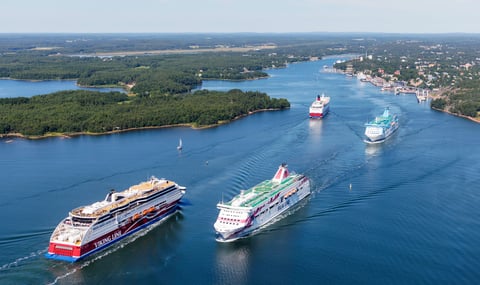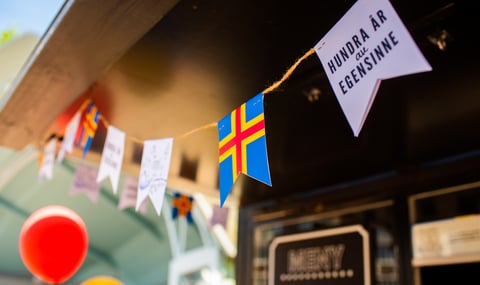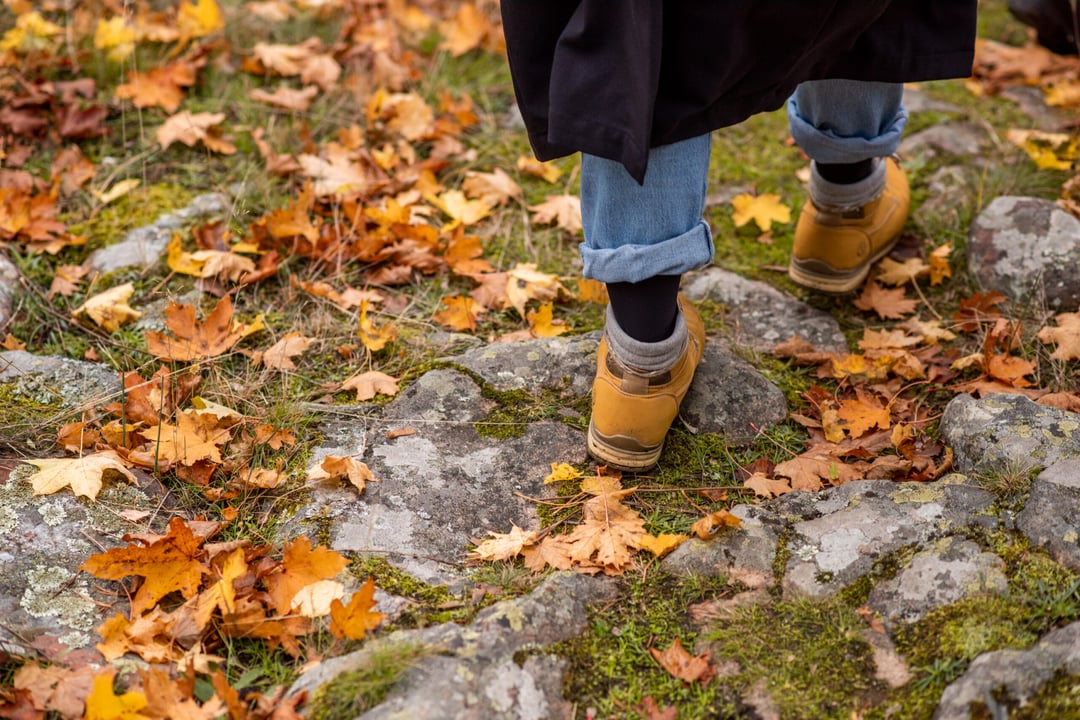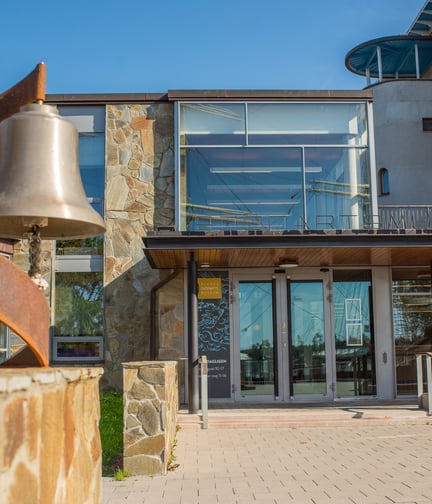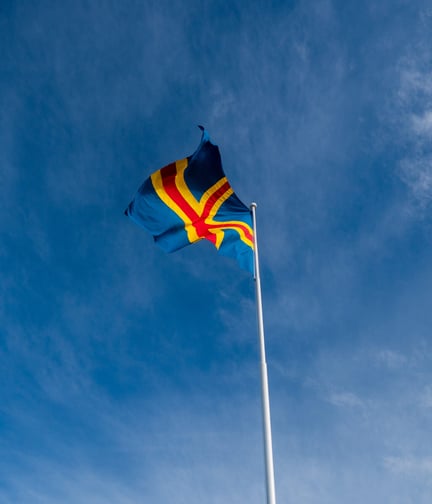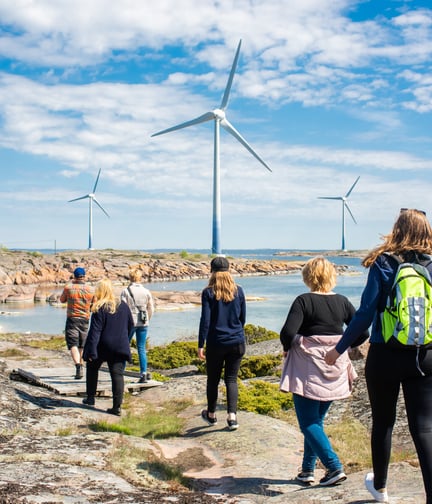Safeguard and discover the countryside
Smooth, flat pieces of rock, windswept dwarf pines and leafy forest meadows. The climate in Åland is mild owing to the surrounding sea. The combination with fertile soil means that there is a great variety of species of both flora and bird life.
The Åland primary rock’s characteristic red granite is visible practically everywhere in the landscape. The red granite is used as a road surface so both gravel and tarmac roads tend to be red.
The landscape on the main island varies between pine forest interspersed with a lot of deciduous trees, cultivated land with arable fields and enclosed pasture land, and the forest meadows that Åland is particularly known for.
Profusion of flowers
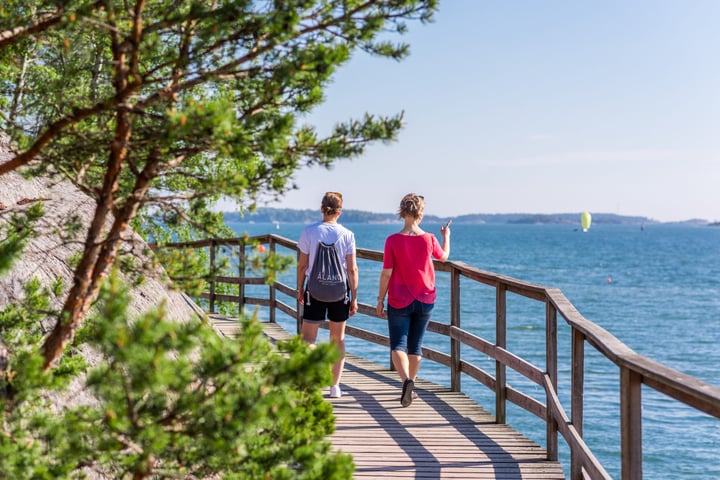
In the spring and early summer the forest meadows explode with a profusion of flowers such as blue anemones, wood anemones, lesser celandines, corydalis, province flowers, cowslips and various orchids. A forest meadow is like a mosaic of trees and open meadow glades.
Brightly-coloured flowers follow later, such as crane’s bill, red campion, buttercups and water avens. First-rate forest meadows to enjoy are Tullarns Äng in Mariehamn, Nåtö in Lemland, Höckböle in Geta and Ramsholmen in Jomala.
Archipelago landscape
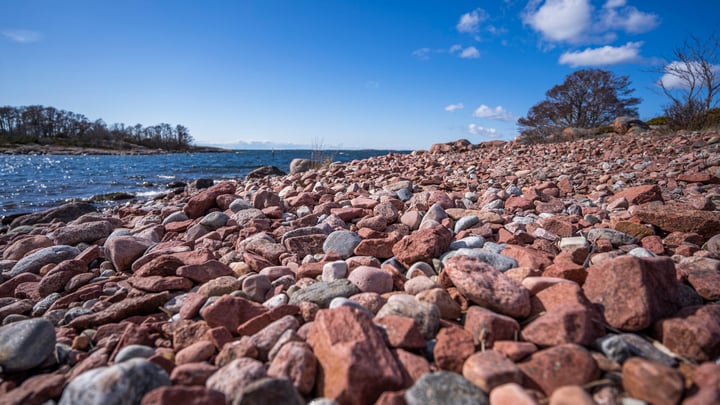
You see another type of landscape consisting of grazing animals in the archipelago islands in the nature reserve on Herrön in Lemland and the Borgboda ancient monument area in Saltvik. Where the soil is more arid juniper shrubs, harebells, cat’s foot, red clover and maiden pinks do well.
In the archipelago you will often find a sparse pine forest with windswept stunted dwarf pines. The further out you go towards the sea, the less vegetation there is.
As in other places around the Baltic Sea and Central Europe, you should watch out for ticks.
At the furthest point on the outskirts of the archipelago there are just barren islets dotted with herbaceous plants.
There are a total of 53 nature reserves in Åland, of which one is a seal sanctuary, and the others deciduous and pine forests, swamps and marshes, bird islets and gravel islands. They are all part of Natura 2000, the EU’s network of nature protection areas, the aim of which is safeguarding natural habitats and species.
However, forest meadows and enclosed pastures require tending by means of ancient methods if the species are to survive. Haymaking and pollarding are done on several reserves in the summer.
Nature trails
There are about 30 different nature trails and long-distance footpaths around Åland, of different lengths and degrees of difficulty, all in varying natural landscapes, which you can discover on foot.
Restricted legal rights of acess to private land
Many of the small reserves do not lend themselves to visits and the recommendation is rather towards the larger areas: Nåtö, Ramsholmen, Prästgårdsnäset and Herrön nature reserve, all of which have parking areas, information boards and nature trails. The Björkör archipelago farmhouse is visited by boat.
The nature reserves are protected and legal right of access to private land is partly restricted. In most of the areas camping and the picking of flowers are forbidden. Some islets and islands where there are birds that are susceptible to disturbance during the breeding season have a ban on going ashore there at certain times of the year.
The Environment Agency’s website provides up-to-date information on nature conservation and the nature reserves in Åland, including the rules operated by each reserve and a list of areas where it is not permitted to go ashore.
